As Olivier Muller of WorldTempus reports, many of the prestige brands are reluctant to admit that they still use quartz in some of their movements.
Some hide it, some show it, but it’s a fact: quartz still represents 90% of Swiss watch production and many of the most famous brands have quartz timepieces in their collections. Even if the economics of this are understood in the low to mid-range brands, it still seems like a paradox for the marques that do most of their business in the five-and six-digit regions.
It’s also curious that some of these brands clearly put their quartz models on display while others practically hide them. One of the absolute institutions of our industry is a good example: Patek Philippe.
Patek Philippe Twenty-4
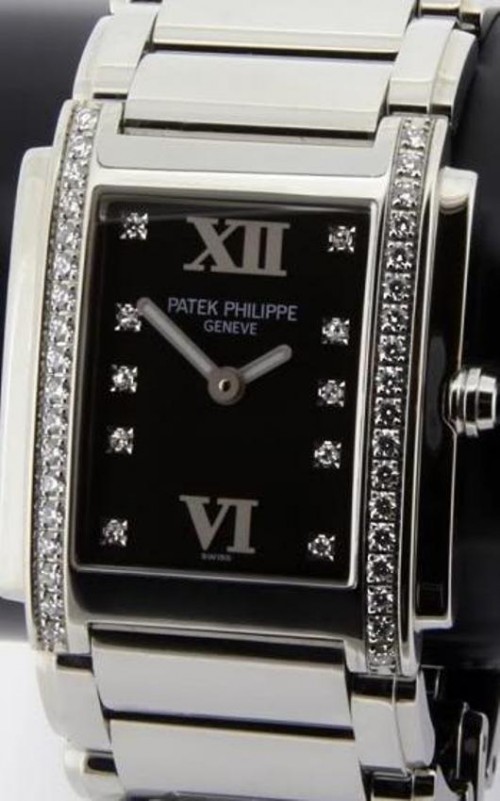
This prestigious, multi-award-winning manufacture, a proud owner of some of the most technical patents in the watchmaking industry, still retains some quartz watches in its line.
When asked about this tricky position, first replies often sound like guilty justification, “We give the most attention to our automatic and manual movements, and clearly our male clients don’t want to hear about quartz.” However, the Twenty-4 model is Patek Philippe’s most high-profile quartz timepiece – and it remains in the collection.
It currently even makes for more than 20% of the brand’s worldwide sales among new pieces. In absolutes, this represents 10,000 of the yearly production of 45,000 pieces.
In fact, many of Patek Philippe’s ladies’ models are also available in a quartz version, and today almost 50% of these models are powered by a quartz movement, a full three references of seven: Twenty-4, Aquanaut Luce, and Gondolo Serata.
The manufacture, always a little reluctant to talk about quartz, tends to continue listing at least these three references in the catalogue.
Unequal market shares
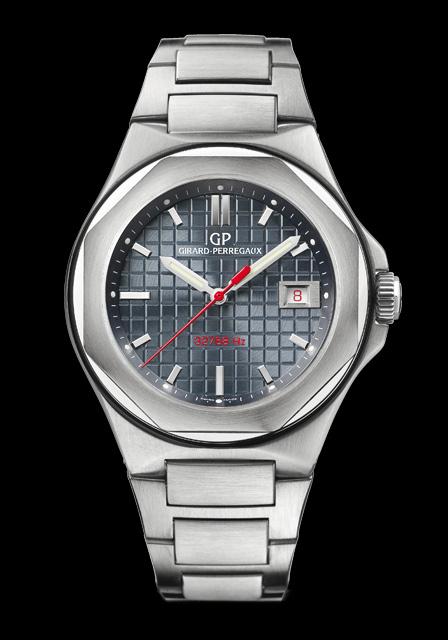
At Girard-Perregaux, this goes the other way but ends up in the same place. “Ladies appreciate the convenience of a watch that never stops and is always very accurate,” says marketing director Xavier Markl.
Still, the La Chaux-de-Fonds-based brand admits that only 5% of its sales by volume is attained with quartz pieces. In stark contrast, TAG Heuer hits 30 and even 40% in the U.S. market.
Obviously, the market approach is fundamentally different. Nevertheless, the two brands agree on common points. “Only a very limited number of people buy their watches exclusively for its movement. The daily use of the piece is also key. And on that specific question, quartz and mechanical watches are not competing, but complementing each other,” Markl underscores.
Marc Wälti, group brand manager at TAG Heuer, goes further: “As we have the same R&D people working both on quartz and mechanical movements, sometimes there are interesting cross-references – for example, our research on precision and magnetism on quartz movements is what led to the basis of our mechanical Pendulum.”
Historical
With only 5% of its business with quartz timepieces, Girard-Perregaux could easily drop them from the line to reach a higher level of brand positioning – focusing on having only mechanical manufacture movements, a status that every watchmaker attempts to attain.
Nevertheless, Markl wisely recalls that, “quartz is also a significant part of the history of watchmaking in which Girard-Perregaux played an important role.” It was this company that created the standard frequency of 32,768 Hz for quartz watches in 1971 now used by the entire industry.
Girard-Perregaux produced more than 20,000 units of the most famous of its quartz movements, the GP350. The company used 13,000 units for its own models and sold 7,000 to other brands – including Jaeger-LeCoultre.
TAG Heuer Formula One
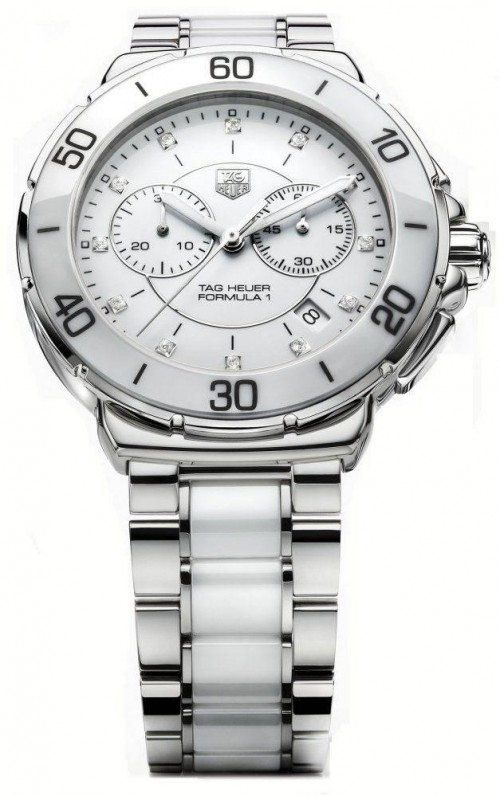
TAG Heuer’s position is similar: its “DNA” is also based upon R&D, and, whether we like it or not, quartz entered the history of watchmaking when the CEH produced its first quartz ébauches in 1967.
For TAG Heuer’s Wälti, quartz is the first step to getting consumers interested in mechanical timepieces. “Some customers get attached to the brand and its quality, and one day buy their first mechanical piece.”
While this is true for entry-level watches, it doesn’t necessarily apply to luxury brands for one main reason: the price of a luxury quartz timepiece is equal to the price of a mid-range mechanical watch, ranging from US$8,500 to US$22,000. In other words, if the prices are equal, it’s not economic reasons that draw the consumer; it’s a rational choice.
The two markets might go their separate ways in the near future: if, for entry level brands, quartz remains the basis of the whole business model, luxury brands can easily move on without it – particularly when we see brands like Girard-Perregaux generating more than 95 % of its revenues with non-quartz timepieces.
Still, generally speaking for the Swiss watch industry, quartz remains a key factor of success representing 90% of production by volume. Be that as it may, the remaining 10% – mechanical watches – count for 52% of revenues.
Quartz predictions
Analysts currently predict strong growth in the female market segment for mechanical watches. At the moment, women remain the backbone of quartz sales in the luxury segment.
The question that must now be asked is: how will luxury brands will react if women progressively leave a segment that counts for less than 5% of sales? Will the brands continue investing in quartz for clients that no longer exist?
Forty years after quartz’s mighty rise to the top in 1970, it is no longer a significant factor in the luxury market. In an interesting twist of watch history, it is actually women who have kept it in place here – at least for the time being.
Article written by WorldTempus journalist Olivier Muller




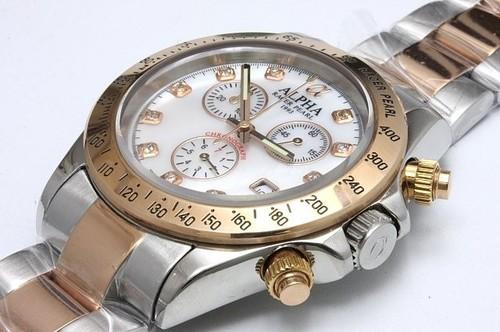

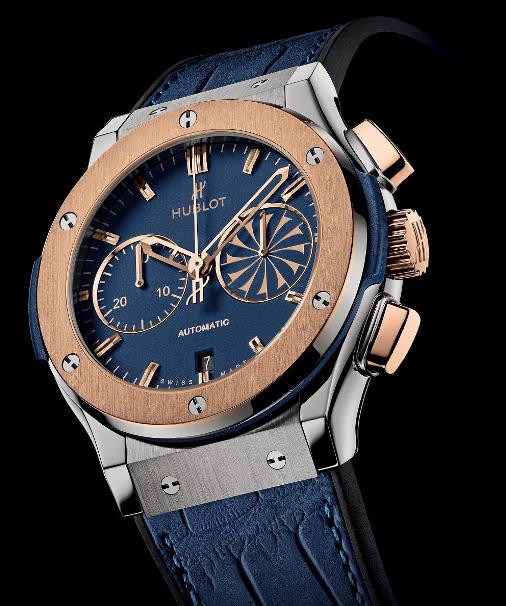

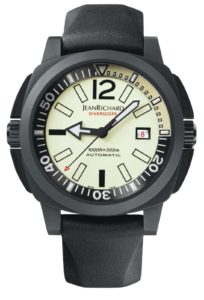
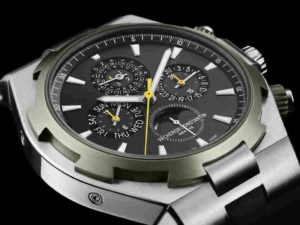
What a great piece Michael. I just referenced it in one of the blogs I just did for a brand as well 🙂 Was perfect timing for me!
When I’m feeling cynical, I suspect that the only reason quarts watches are reviled is that they are cheap to make.
The first ones were astronomically expensive. I was already a bit of a watch buff when the first ones appeared and this was awesome news, suddenly there was technology that put ‘observatory chronometers’ to shame
I still wonder about this. We read articles about watch manufacturers pushing the limits of technology: materials, machining, design… but the 800 pound gorilla in the room, electronics, is ignored. I’m not sure why this is so. The automobile industry embraced electronics, with the result being vehicles capable of performance levels unobtainable just a few years ago. Yet the watch industry, happy to use computers to design and construct watches, is so loathe to put computers IN watches. Can you imagine Porsche insisting that their vehicles had to remain strictly mechanical? They’d be out of business by now. (Even Morgan has entered the current century)
My Citizen Skyhawk manages two time zones + UTC, slips effortlessly between timezones, and radio synchtonizes in EU, US and JP. Is that not technology. None of my mechanicals (which I also love) can come anywhere near the number of functions in that device.
The next big move is not too far away. There are now chip level atomic clocks being commercially manufactured… how long till that technology finds its way into a watch? Since it’s going to be expensive, it will probably qualify acceptable… but heaven forbid i
Sorry about the typos and spelling above. Without a preview some got through.